AO Edited
Alatskivi Castle
A wealthy aristocratic family built this Disney-worthy, fairy-tale castle.
Some 24 miles (40 km) north of the university town of Tartu is one of the hundreds of historic manor houses that dot the Estonian landscape. Built by Baltic German aristocrats until WWI in a variety of architectural styles, these stately homes stood on large estates and served as the country seat of ruling elites. What sets Alatskivi Castle apart is its unique architecture. The castle drew inspiration from a British royal residence in the Scottish Highlands.
Set in a vast, wooded parkland, Alatskivi comes into view as one enters through a red brick arched gate. Facing a circular gravel driveway wide enough for carriages, the pristine white, fairy tale castle features several turrets, a slate roof, and an octahedral tower on the southeastern corner of the building.
There is mention of a manor house in Alatskivi as early as 1601 when the Swedish king gifted it to a trusted retainer. In the centuries that followed, the property changed ownership repeatedly, before coming into the possession of the noble von Nolckens family. From 1885 to 1888, Baron Arved von Nolcken reconstructed the old manor house in a Scottish baronial style, bearing a close resemblance to Balmoral Castle, which he had visited in course of his travels. Upon completion, Alatskivi Castle became the home of the baron and his family for the next 20 years. The von Nolckens left for Germany in 1905 with the outbreak of the Peasant Revolution. They took with them all their valuables and even stripped the walls of their silk wallpaper.
After it ceased to be a family home, Alatskivi was repurposed to serve as a school, barracks, and a collective farm. The house eventually became neglected falling into disrepair before being meticulously restored. Today, it is a museum, hotel, and restaurant.
The castle has an interesting asymmetrical plan, with single and double-storied wings. A massive, stone fireplace dominates the formal dining room, which features a carved timber ceiling. It is now a restaurant. The Baron’s study and reception rooms have ornate fireplaces, period furniture, rich carpets and draperies, and family portraits hung on the walls. In contrast to the dark and somewhat brooding elements of these interiors is the light and airy Lady’s Boudoir with elegant furniture, charming blue and white wallpaper, and matching upholstery. Today, the reception rooms host seminars, musical soirees, and more.
The bedrooms of the von Nolcken family were situated to the right of an impressive, double-height entrance hall, which has a minstrel’s gallery above the main door. Above what used to be the nursery for the von Nolcken children is a low-ceilinged room designated for the nanny. The bedroom was situated so that the nanny could easily be alerted if her charges needed her care during the night. A set of steep and narrow stairs lead to the nanny’s bedroom.
The rooms on the second level of the west wing currently serve as the guestrooms of the castle’s hotel. The rooms to the east are devoted to a museum, honoring the acclaimed Estonian conductor Eduard Tubin, who grew up in a village not far from the manor house. The rooms display music scores, manuscripts, books, records, films and photos, sketches of theatrical costumes, and musical instruments. The terrace in the east wing overlooks a rose garden. The grounds behind the castle open to a lawn and afford a stunning view of Lake Alatskivi, glistening at the bottom of a steep, grassy bank.
The basement held the kitchens and living quarters of the servants. A manor house was home not only to the Baron and his family but also to the large retinue of servants required for running a grand mansion and estate. There is a wax museum in the basement of the castle with wax figures of family servants: a butler, a lady’s maid, a baker, a cook, a laundry maid, stable hands, and a groom, among others, are on display.
Alatskivi Castle sits on 740 acres of woodlands, the largest in Tartu County. Trails running through the property are popular with hikers. There is also a cluster of ancillary buildings on the estate including coach houses, barns, a mill, a church, and a cemetery.
Know Before You Go
English-language guided tours can be arranged ahead of time by getting in touch with the administrative office at the castle.
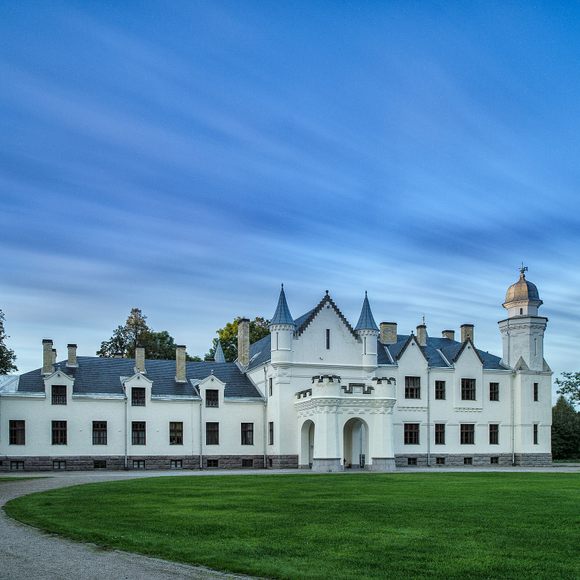



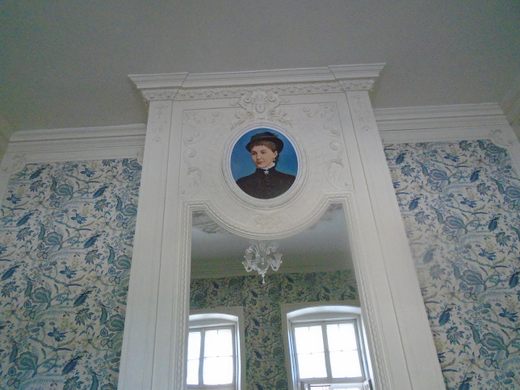
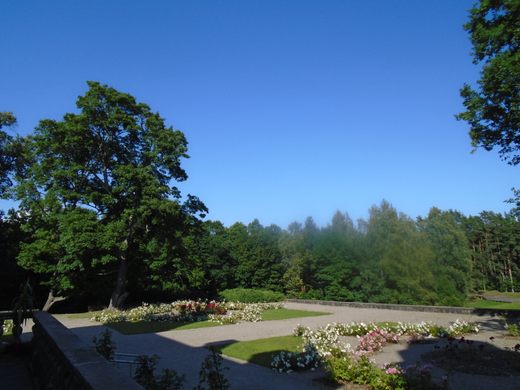

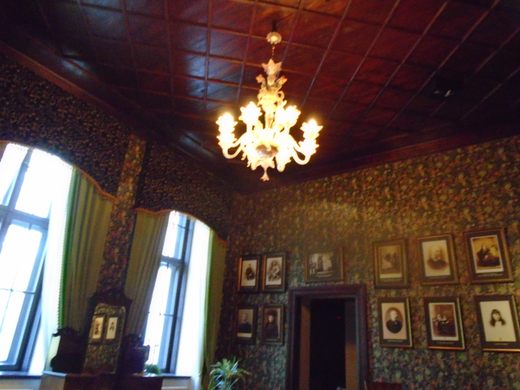




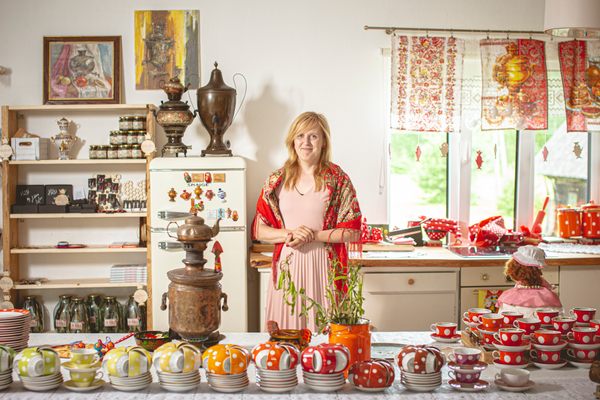
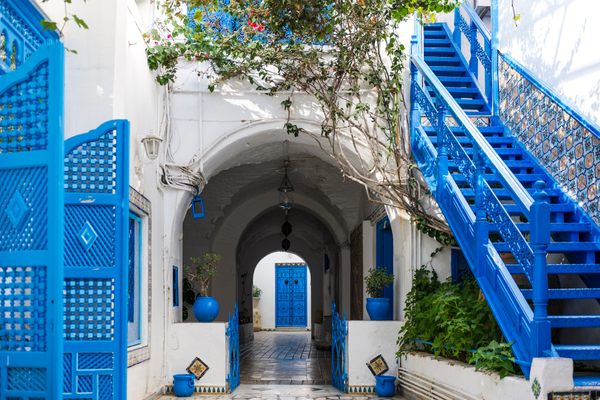

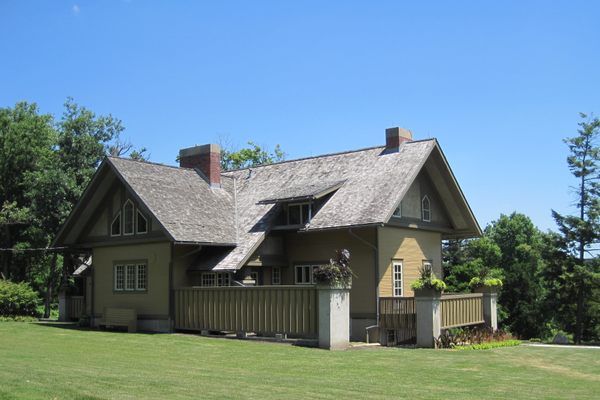


Follow us on Twitter to get the latest on the world's hidden wonders.
Like us on Facebook to get the latest on the world's hidden wonders.
Follow us on Twitter Like us on Facebook